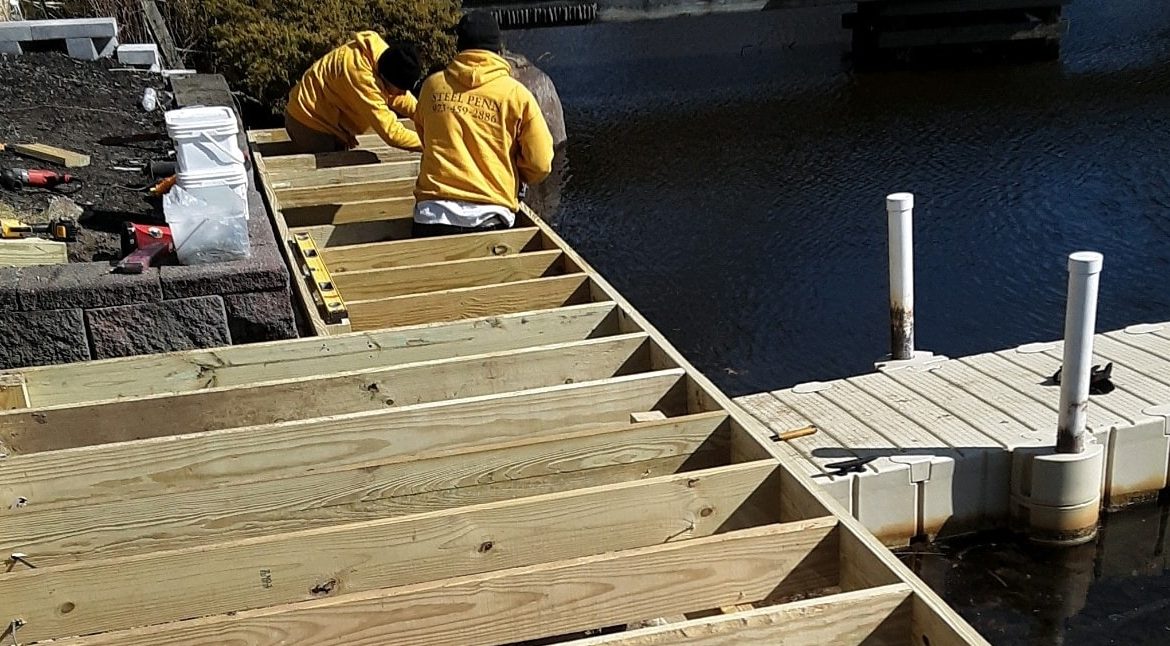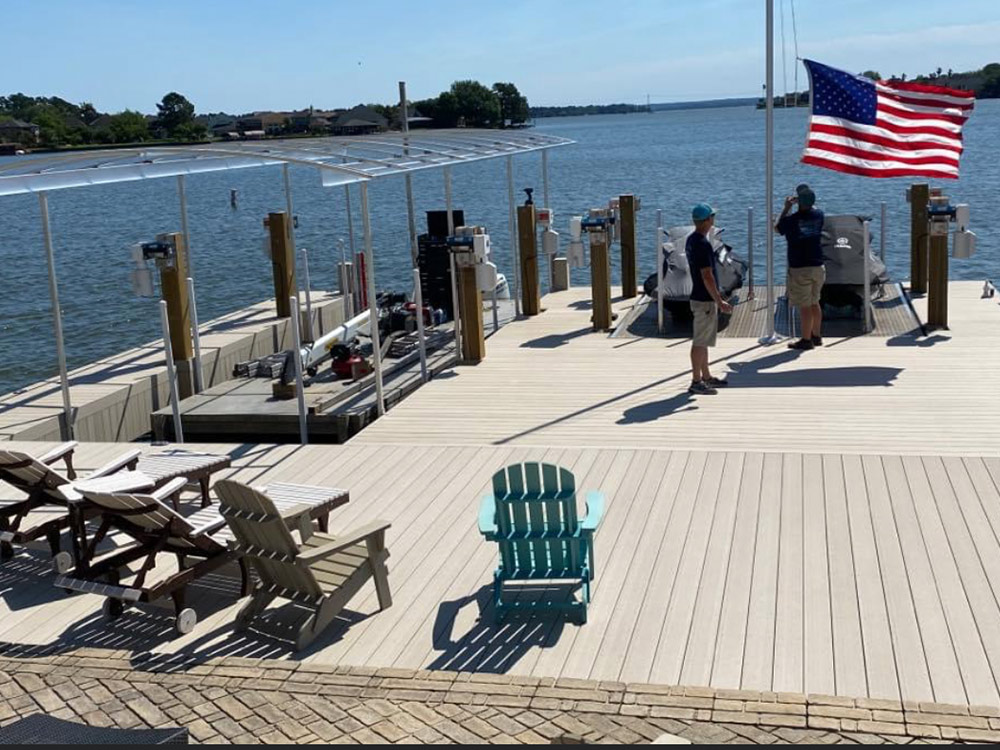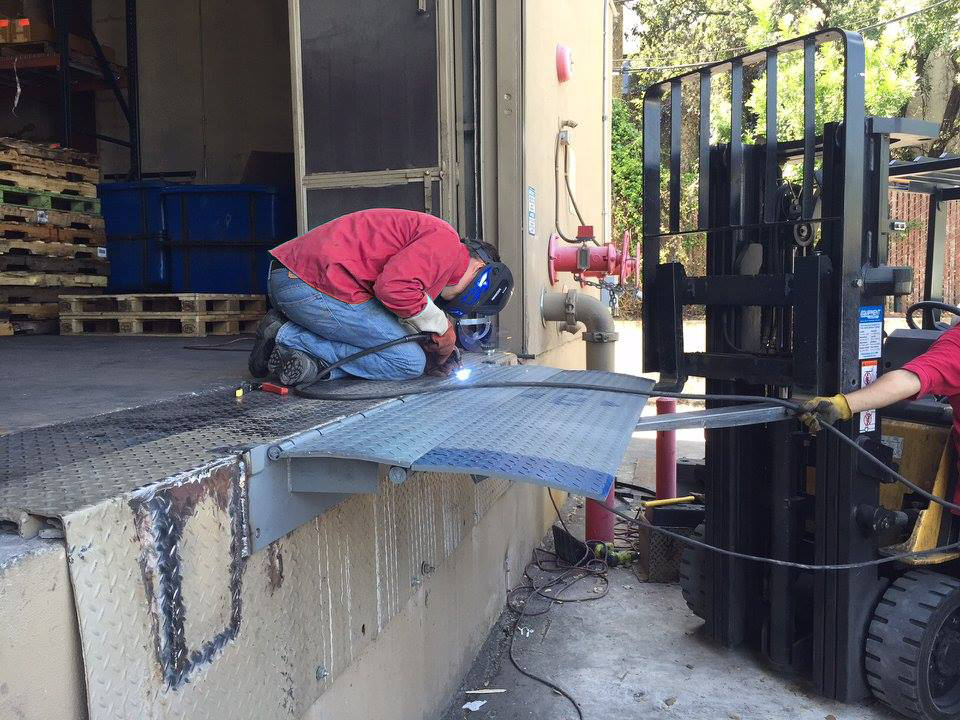Usual Issues That Result In Pricey Dock Repairs
Usual Issues That Result In Pricey Dock Repairs
Blog Article
Reliable Dock Repair Service Techniques: Guaranteeing Structural Integrity
Ensuring the architectural stability of docks through efficient repair work methods is critical for the long life and safety and security of aquatic centers. This involves a multi-faceted technique beginning with thorough assessments using sophisticated technologies like sonar tools and from another location operated cars (ROVs) to identify both noticeable and concealed problems. Subsequently, picking the right fixing products, such as corrosion-resistant alloys and composite materials, is vital for resilience. Architectural support approaches, including the implementation of cross-bracing systems and load-distribution plates, play a vital role in mitigating stress points. However, the relevance of these strategies becomes obvious when exploring advanced repair approaches and preventative maintenance approaches.
Analyzing Dock Damages
Evaluating dock damages is a crucial first action in making certain the architectural stability and safety of any type of docking center. This first assessment includes an extensive evaluation to identify both surprise and visible problems. Key facets to check out include the dock's foundation, pilings, decking, and equipment. Each element has to be looked at for indicators of wear, rot, corrosion, or various other kinds of degradation that might compromise the structural integrity.
Structural designers or certified assessors typically execute these analyses utilizing specialized methods and devices. For example, underwater examinations could employ sonar equipment or from another location operated lorries (ROVs) to detect submerged damages. Above water, visual evaluations are enhanced by utilizing wetness meters and other analysis tools to uncover underlying issues not right away visible to the naked eye.

Picking Repair Service Materials
Choosing the ideal repair work products is a pivotal action in the dock remediation procedure, one that directly influences the longevity and efficiency of the fixed structure. Product option should be driven by elements such as ecological conditions, load-bearing demands, and compatibility with existing dock elements. For circumstances, timber is a typical choice for anchors due to its natural durability and aesthetic appeal. Choosing the appropriate type of wood, such as pressure-treated lumber or naturally rot-resistant varieties like cedar or teak, is essential to hold up against aquatic environments.
In addition to timber, composite materials are significantly popular because of their longevity and reduced maintenance demands. Compounds, commonly made from a mix of plastic and timber fibers, provide outstanding resistance to rot, bugs, and UV damage. For metal docks, selecting corrosion-resistant alloys such as galvanized steel or marine-grade light weight aluminum is important to prevent rust and ensure architectural honesty in saline water conditions.
Epoxy materials and marine-grade sealers are vital for repairing splits and securing joints, offering a water-proof obstacle and enhancing the dock's overall stamina. By carefully selecting top quality products, dock fixings can accomplish durable outcomes, thus protecting versus future deterioration and guaranteeing risk-free, trustworthy usage.
Structural Support Strategies
Reliable architectural reinforcement techniques are crucial in making certain the stability and long life of dock repair work. One essential method includes the usage of steel or composite support bars (rebar) within concrete structures. Rebar gives added tensile strength, preventing splits and distributing lots much more uniformly. This technique is particularly reliable for docks revealed to heavy lots or severe environmental problems.
An additional important strategy is the application of fiber-reinforced polymers (FRP) These materials supply high strength-to-weight proportions and excellent resistance to deterioration, making them ideal for reinforcing wooden or concrete docks. FRP can be applied in sheets or strips and bound with epoxy materials to boost architectural stability.
Supporting and anchoring systems additionally play an important role in structural reinforcement. Cross-bracing, making use of metal or wooden beams, can neutralize side pressures, decreasing guiding and movement. Securing systems, such as helical piers or driven piles, offer a steady foundation by transferring loads to deeper, much more stable soil layers.
Finally, the integration of load-distribution plates can aid distribute weight a lot more evenly throughout the dock's surface area, minimizing localized tension factors. These methods jointly make sure that anchors continue to be robust and safe, qualified of enduring the rigors of their operational atmosphere.
Advanced Repair Techniques

Another sophisticated method entails undersea welding, which enables for repair services to be performed without the requirement to dewater the area. This approach is especially useful for dealing with architectural issues in submerged dock components, making sure very little disturbance useful source to operations. Enhanced welding methods, coupled with robot systems, provide accuracy and dependability, consequently prolonging the life-span of the dock.
Furthermore, cathodic protection systems are applied to protect against rust in metallic dock structures. By making use of sacrificial anodes or satisfied present systems, these strategies successfully mitigate the electrochemical procedures that bring about product deterioration.
Lastly, progressed monitoring technologies, such as structural health and wellness surveillance (SHM) systems, offer real-time information on the problem of dock structures. These systems allow aggressive upkeep and timely interventions, eventually ensuring the lasting architectural integrity right here of the dock.
Upkeep and Prevention
Maintenance and prevention are essential concepts that underpin the longevity and safety and security of dock frameworks. Routine inspections are vital, permitting very early discovery of damage, possible weak points, and ecological influences. A proactive method, including regular checks for deterioration, rot, and architectural shifts, minimizes pricey repair work and extends the dock's functional life.
Preventive steps should consist of applying protective coatings to metal elements to safeguard versus corrosion and making use of cured wood to withstand degeneration. In addition, guaranteeing correct drainage and ventilation can avoid water build-up, which is a common reason of structural destruction. Including quality products and adhering to manufacturer standards throughout construction and fixing stages additionally play vital roles in boosting toughness.

Educating employees in dock upkeep finest methods guarantees consistent application of precautionary procedures. Leveraging technical advances, such as drones for assessments and sensing units for real-time tracking, can additionally improve upkeep efforts. By prioritizing upkeep and avoidance, dock proprietors can make sure structural stability, functional safety, and cost-effective monitoring over the dock's lifespan.
Conclusion
To conclude, maintaining the architectural stability of marine facilities demands thorough dock fixing techniques. Comprehensive evaluations using advanced devices reveal both visible and concealed problems, while the option of proper repair work materials boosts sturdiness. Implementing architectural reinforcement methods addresses stress points successfully. Advanced repair techniques, combined with normal upkeep methods, guarantee the dock stays functional and secure under diverse ecological problems. Adopting these strategies dramatically extends the lifespan and performance of marine infrastructure.
Ensuring the structural stability of docks with effective repair work techniques is extremely important for the durability and security of aquatic centers.Choosing the ideal repair work products is a pivotal action in the dock restoration procedure, one that directly affects the long life and efficiency of the repaired structure.Effective architectural reinforcement methods are crucial in guaranteeing the security and long life of dock fixings. By prioritizing upkeep and avoidance, dock owners can make certain architectural honesty, operational safety, and affordable monitoring over the dock's life-span.
In conclusion, keeping the structural honesty of marine centers requires detailed dock repair service methods.
Report this page